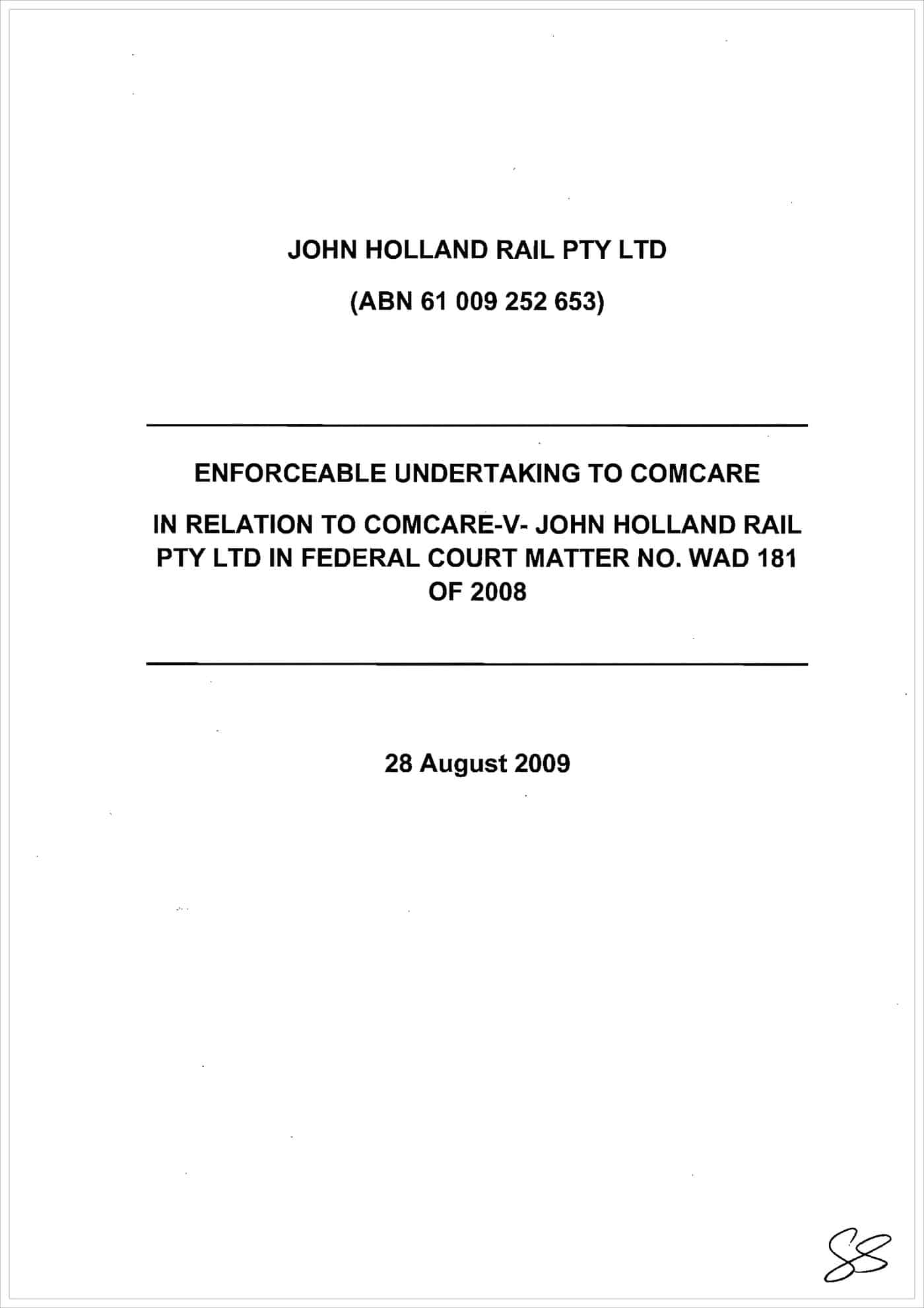The Ambulance Service of Victoria, Australia reported the injury to a roadside worker on 19 October 2009. Below is part of their report:
A road worker is in a serious condition after being hit by a car in a road works area this morning.
Advanced life support paramedics from Jackson’s Creek were called to Derby Street in Pascoe Vale at 11.40am. Paramedic Chris Collard said they arrived within six minutes to find the man lying on the road being helped by an off duty nurse.
‘It appeared the car had been driven into the road works area and hit the man,’ he said. ‘The 33-year-old man suffered a head injury, deep cut to the back of his head and some leg pain…. We encourage drivers to slow down while driving through road works, obey the signs and be wary of the workers on the road.’
Working only a metre or two from traffic, even in a domestic area, like the case above, presents well-known hazards, at least well-known to the workers.
WorkSafe Victoria undertook an education campaign on the issue several years ago. The remaining website continues some good information although it is a little out-of-date.
In 2005, the Roads and Traffic Authority in New South Wales reported
“… there were 603 crashes at roadwork sites in NSW. Ten people were killed and 356 were injured. Injuries to road workers in NSW cost more than $100 million a year, but the financial and human toll could be much lower if drivers slowed down and observed road work speed limits.”
In around 2006, the Highways Agency in the UK began a short campaign on improving the safety of roadworkers, Some background and the action plan is available online. As with many government campaigns and plans, it is difficult to quantify the success.
Comments from a spokesperson for the Minister for WorkSafe, Tim Holding, in 2005 illustrate the dominant political position on anything related to road safety be it level crossings or roadworker safety – change behaviour and save the world – and yet behaviour is probably the hardest (and costliest) element in this equation to change :
“…people should stay within posted speed limits. “. . . people should concentrate at driving at or below the speed limit and . . . spend less time worrying about how many kilometres they can drive over the speed limit without getting fined…,”
In 2005 there was a minor political kerfuffle when it was revealed that speed cameras could not be recalibrated to lower speeds for application in roadwork sites.
From experience, Australia is yet to use the portable traffic light systems widely that have been applied in the UK for decades and yet the advantages are that it formally establishes buffer zones, removes flagmen from the role of frontline control and builds on a cognitive language that almost everyone has retained from early childhood – the red, amber, green signage.







